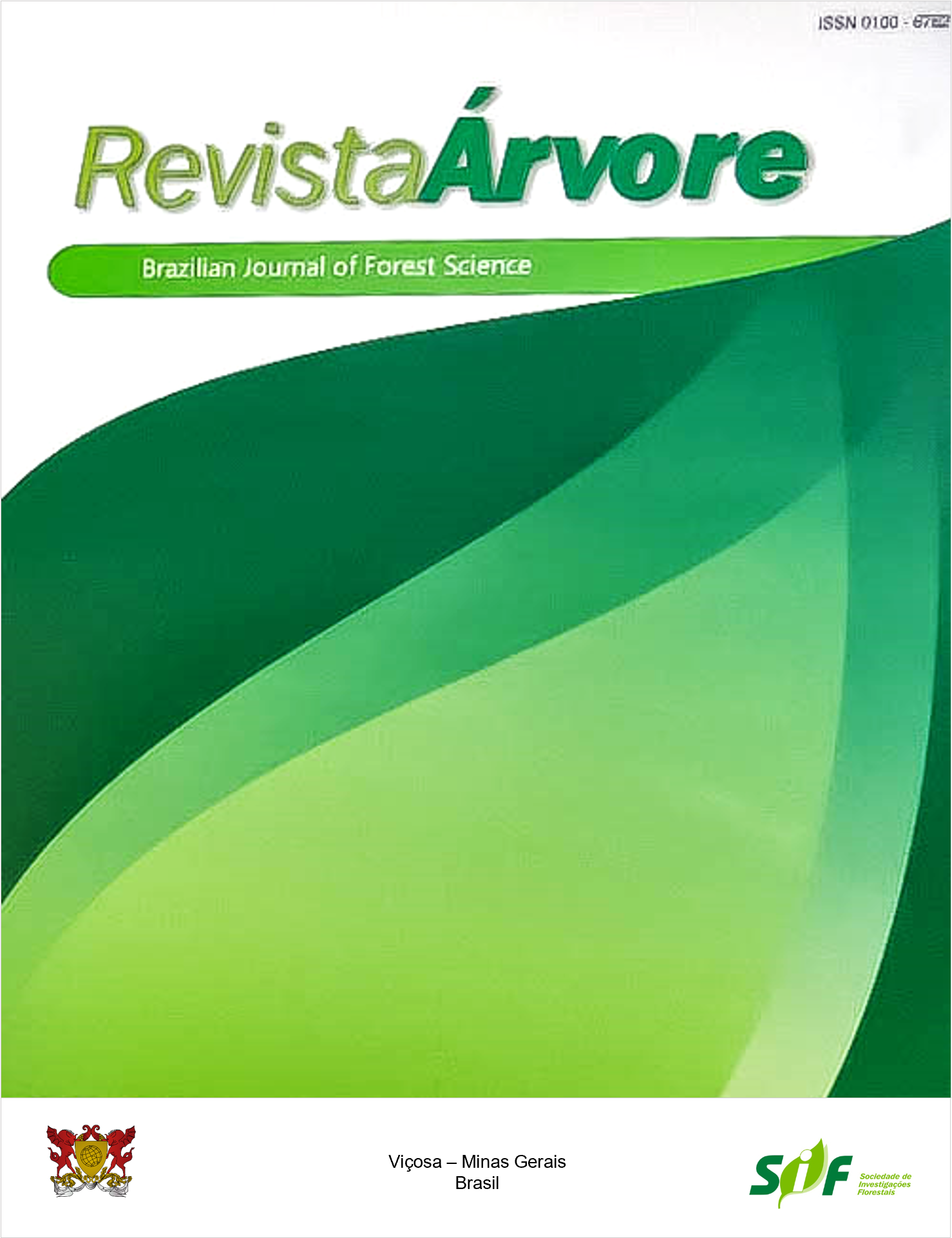ENVIRONMENTAL VULNERABILITY OF ITABIRA NATURAL MONUMENT, ES, BRAZIL
Keywords:
Natural Protected Areas, Buffer zone, GeotechnologyAbstract
The institution of biological value areas through the creation of Natural Protected Areas is an essential tool for protecting the country’s environmental resources to face advanced anthropic development in natural areas, either to increase agriculture production or for economic growth. Environmental vulnerability studies combined with geotechnological tools have been vital to identifying the most vulnerable areas and consequently help Conservation Units protection. This study aimed to analyze environmental vulnerability at the buffer zone of Itabira Natural Monument (MONAI) in Cachoeiro de Itapemirim, Brazil. The necessary methodological steps for this study were as follows: a) Photointerpretation of land use; b) Anthropic variables selection; c) Application of Euclidean distance function in variables vector images; d) Application of fuzzy membership function in variables raster images; e) Application of Analytical Hierarchical Process (AHP); and f) Spatial classification of environmental vulnerability around MONAI. Land use conflicts reveal a relevant presence of pasture areas, representing 49.80% of the buffer zone. This fact corroborates with its Euclidean distance value, which showed the lowest linear value, 836 meters. Eight anthropic variables have been incorporated, highlighting crops, urban areas, exposed soil and pasture. Jenks natural breaks defined five vulnerability classes. According to the results, 57.14% of the entire MONAI buffer zone is represented by the high and very high classes. The outdated law creation of MONAI and the need for a management plan result in a vulnerable buffer zone. The present study can support management plan formulation and assist MONAI’s buffer zone delimitation.
Keywords: Natural Protected Areas; Buffer zone; Geotechnology
Downloads
Published
How to Cite
Issue
Section
License
All authors agreed to submit the work to Revista Árvore and granted the exclusive license to publish the article. The authors affirm that it is an original work and has not been previously published elsewhere. The scientific content and opinions expressed in the article are the sole responsibility of the authors and reflect their opinions, not necessarily representing the opinions of the editorial board of Revista Árvore or of the Society of Forest Investigations (SIF).




